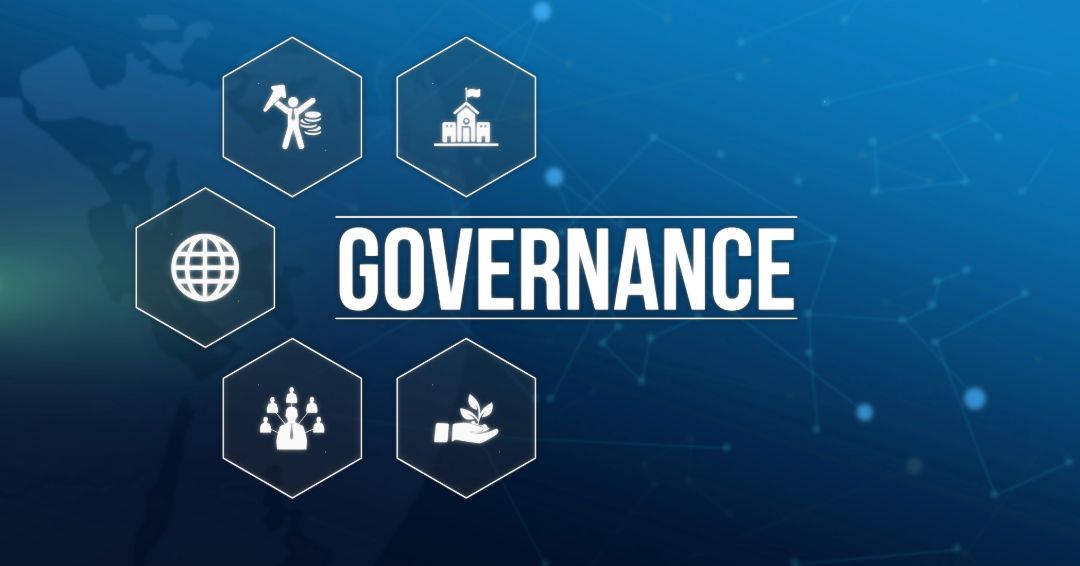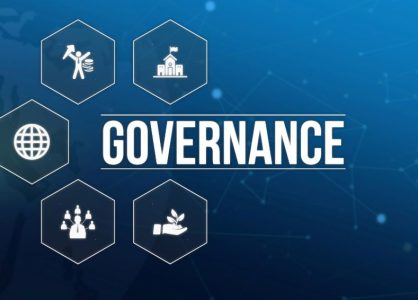Preventive Governance
🧠 Introduction: Oversight Shouldn’t Wait for a Crisis
When you hear the word governance, do you think of crisis management? Risk mitigation? Compliance after a breach? You’re not alone — but it’s time to change that mindset.
Great governance isn’t just about reacting to issues — it’s about preventing them before they ever occur.
That’s the heart of preventive governance, and it’s reshaping how forward-thinking boards, executives, and organizations operate. At Governancepedia, we provide the tools and knowledge needed to build a proactive governance culture, not just a reactive one.
🚨 The Problem with Reactive Governance
Too many governance models are built like fire departments — responding only when alarms sound. But by then, reputations, resources, and opportunities may already be lost.
Common reactive pitfalls include:
- 🚨 Rushing to address oversight gaps after an incident
- 🕳️ Making ad-hoc policy changes in response to complaints or media pressure
- 📉 Failing to monitor early signals of risk or poor performance
- 🤝 Creating accountability only after the damage is done
According to EY, organizations that embrace proactive governance are better equipped to manage change, navigate risk, and build long-term value.
✅ The Shift to Preventive Governance
So, what does preventive governance look like?
It means embedding governance into the DNA of everyday decisions, not just checking boxes. It’s the difference between:
- Monitoring KPIs before they trend downward 📊
- Training staff on ethical conduct before a misconduct claim arises 🤝
- Reviewing contracts and conflicts of interest before they turn into liabilities 🧾
- Planning board agendas around strategic foresight not damage control 📅
As BoardEffect puts it, proactive boards aren’t just focused on oversight — they’re actively contributing to strategic direction and culture.
📚 How Governancepedia Empowers Preventive Governance
Governancepedia is more than a knowledge base — it’s a prevention toolkit for organizations of all sizes and industries. We help you shift from “what went wrong?” to “how do we stay ahead?”
Here’s how:
🧩 Decision Trees & Scenario Planning
Download templates to map out structured responses before crises hit. From financial red flags to reputational risks, our guides help boards and executives explore what if.
📋 Control Frameworks
Explore step-by-step guides to implementing internal controls—from financial reviews to vendor approvals—that protect organizations proactively.
📅 Proactive Review Systems
Learn how to set up regular check-ins, board evaluations, and policy reviews that ensure governance is active, not dormant.
🔍 Risk Identification Tools
Use our resources to spot early warning signs — from culture audits to audit committee health checks — before they turn into public issues.
💬 Governance Checklists
We provide actionable documents that help governance teams prepare agendas, board packets, and committee workflows in advance — always a step ahead.
🌟 Why Prevention Pays Off
When governance is proactive:
- 🛡️ Risk is minimized before it grows
- 🧠 Decisions are thoughtful, not rushed
- 📈 Performance and accountability improve
- 👥 Trust is built with stakeholders, regulators, and the public
- 🔄 Governance becomes a strategic asset — not a crisis response unit
The best-run organizations don’t wait for problems. They build systems that anticipate them, prevent them, and evolve before the pressure is on.
At Governancepedia, we help boards, leaders, and governance professionals move from reactive firefighting to confident foresight. Because the best governance happens before the headlines.
👉 At Governancepedia, we believe great governance happens before the headlines — and we’ll help you build it.

